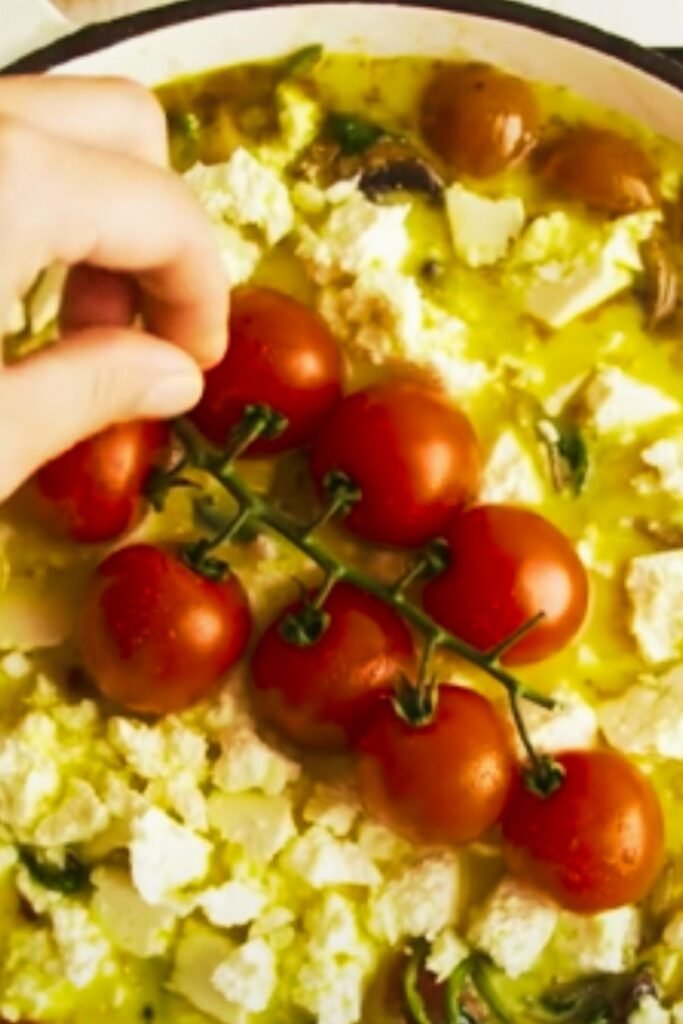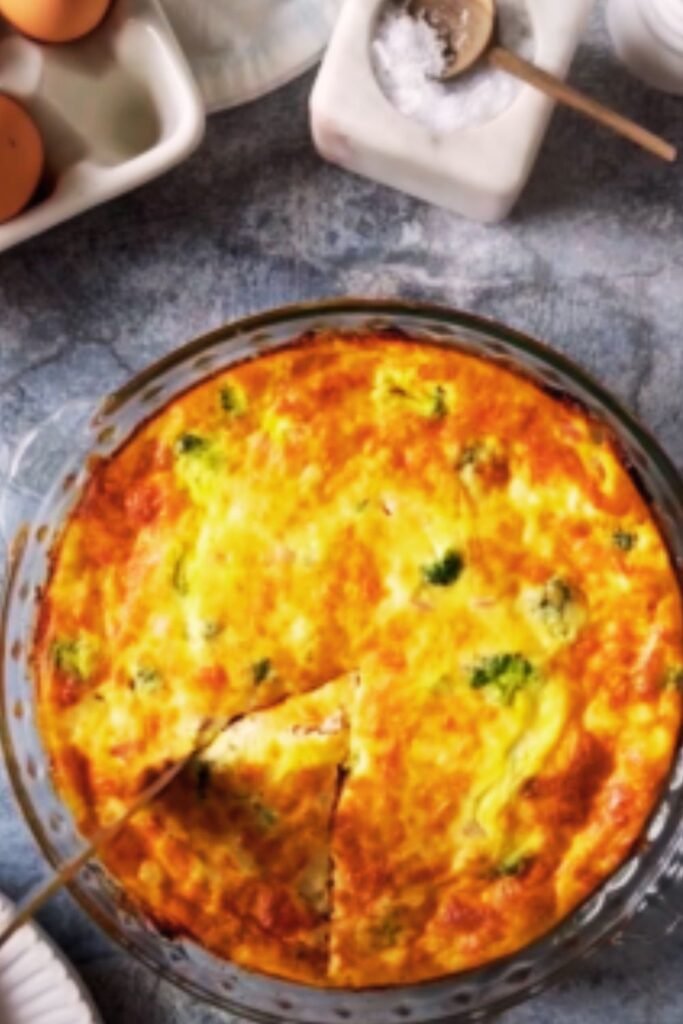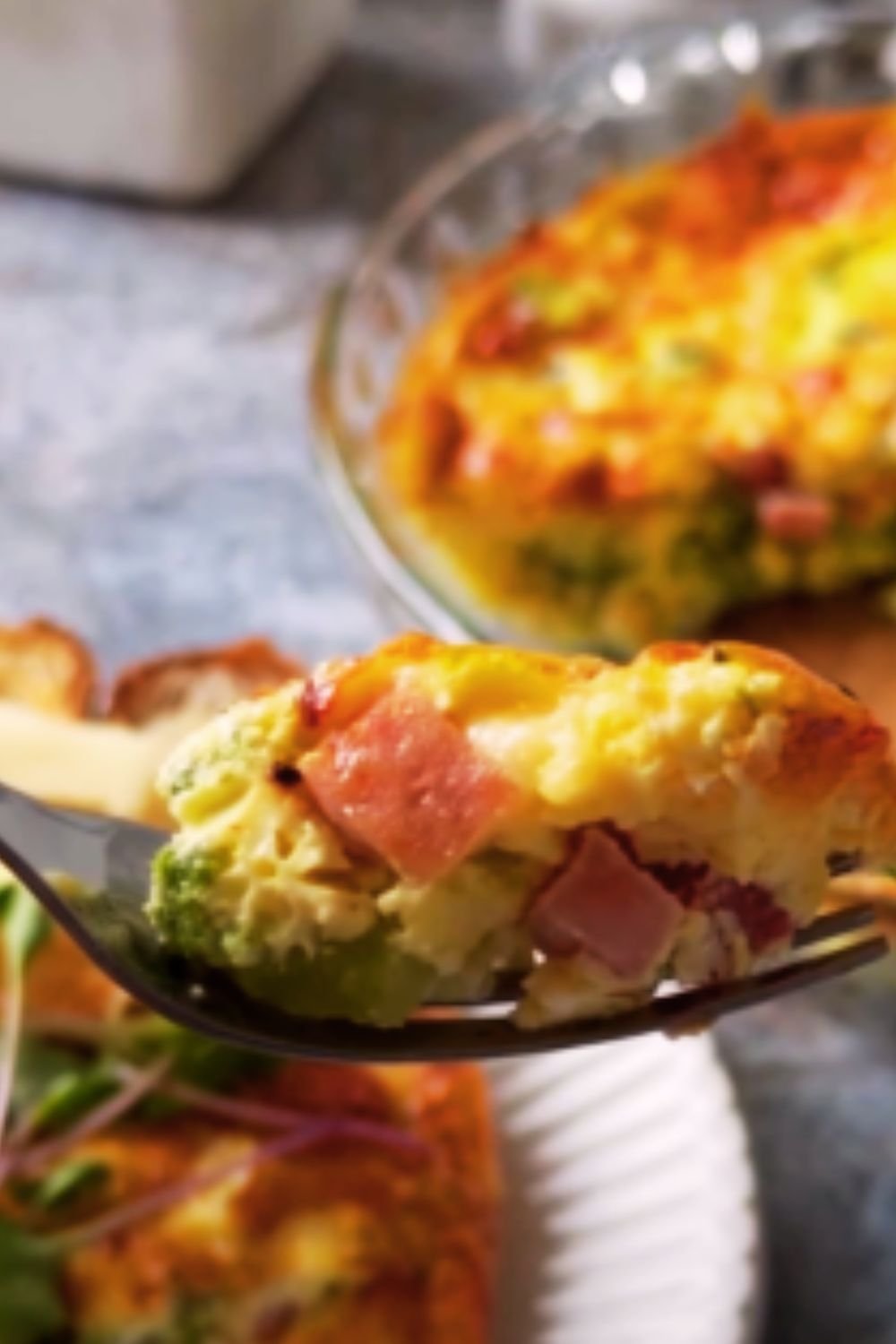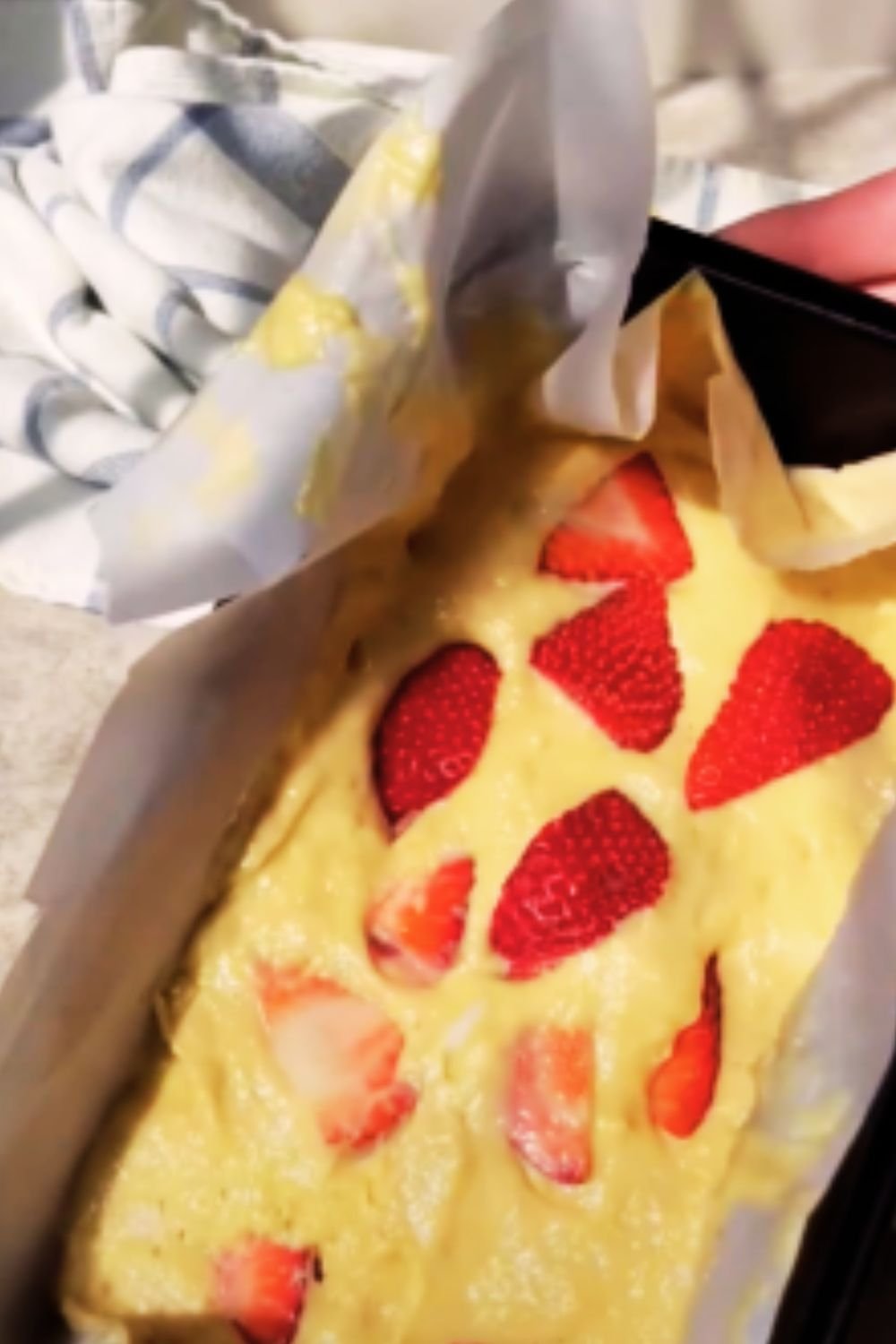Have you ever craved a protein-packed breakfast that’s convenient, customizable, and compliant with dietary restrictions? As someone who’s experimented with countless breakfast options over the years, I’ve found that mini crustless quiches are the answer to this culinary conundrum. These delightful egg-based bites deliver all the savory satisfaction of traditional quiche without the gluten-containing crust or dairy ingredients that might trigger sensitivities.
What started as a simple kitchen experiment has turned into my go-to breakfast prep solution. Each week, I whip up a batch of these versatile little powerhouses, filled with whatever vegetables are in season or lingering in my refrigerator. The beauty of these mini quiches is their adaptability—they’re perfect for meal prep, portable enough for on-the-go breakfasts, and elegant enough to serve at brunch gatherings.
In this comprehensive guide, I’ll walk you through everything you need to know about creating perfect mini crustless quiches that are both gluten-free and dairy-free. From essential ingredients and equipment to troubleshooting tips and storage advice, consider this your ultimate resource for mastering these egg-cellent breakfast morsels.
Understanding the Basics of Crustless Quiches
Traditional quiche typically features a buttery, flaky crust filled with a mixture of eggs, cream, cheese, and various fillings. While undeniably delicious, this classic French dish presents challenges for those avoiding gluten or dairy products. Crustless quiches strip away these problematic elements while preserving the protein-rich, flavor-packed essence that makes quiche so appealing.
At their core, crustless quiches are essentially baked egg custards studded with vegetables, herbs, and often meat. Without the crust, they’re naturally gluten-free, and with a few smart substitutions, they become completely dairy-free as well. The result is a dish that’s:
- Protein-rich and satisfying
- Naturally gluten-free
- Easily adaptable to be dairy-free
- Perfect for meal prepping
- Customizable to any flavor profile
- Suitable for various dietary preferences
When made in mini form using muffin tins rather than a traditional quiche pan, these versatile egg cups become even more convenient and portion-controlled.
Essential Ingredients for Perfect Mini Quiches
The Base Mixture
The foundation of any good crustless quiche is the egg mixture. Here’s what you’ll need for a basic dairy-free version:
- Eggs: 8-10 large eggs form the protein-rich base
- Dairy-free milk: 1/2 cup of unsweetened almond, oat, or coconut milk provides creaminess
- Nutritional yeast: 2-3 tablespoons add a cheesy flavor without dairy
- Seasonings: Salt, pepper, garlic powder, and herbs to taste
Common Add-Ins
The beauty of mini quiches lies in their versatility. Here are some of my favorite mix-ins that work beautifully:
Vegetables:
- Sautéed spinach or kale
- Caramelized onions
- Roasted red peppers
- Steamed broccoli florets
- Sautéed mushrooms
- Cherry tomatoes (halved and seeds removed)
- Grated zucchini (water squeezed out)
Proteins:
- Crispy bacon bits
- Diced ham
- Crumbled breakfast sausage
- Smoked salmon
- Shredded chicken
Herbs & Aromatics:
- Fresh chives
- Chopped parsley
- Minced garlic
- Thinly sliced green onions
- Fresh basil
- Dried herbs like thyme or oregano
Dairy-Free “Cheese” Options:
- Store-bought dairy-free shredded cheese
- Additional nutritional yeast
- Dairy-free cream cheese (small dollops)
Equipment You’ll Need

To make perfectly formed mini crustless quiches, you’ll need:
- Standard muffin tin: A 12-cup tin works best
- Silicone muffin liners or paper liners: For easy removal (silicone is more eco-friendly)
- Mixing bowl: Large enough to whisk eggs and add-ins
- Whisk: For thoroughly combining ingredients
- Measuring cups and spoons: For accurate portions
- Cutting board and knife: For prepping vegetables and other add-ins
- Non-stick cooking spray: If not using liners
- Cooling rack: For cooling quiches after baking
Step-by-Step Recipe: Basic Mini Crustless Quiches
Let me share my foolproof recipe that serves as an excellent foundation for countless variations.
Ingredients
- 10 large eggs
- 1/2 cup unsweetened almond milk (or other dairy-free milk)
- 3 tablespoons nutritional yeast
- 1/2 teaspoon sea salt
- 1/4 teaspoon black pepper
- 1/4 teaspoon garlic powder
- 1/4 teaspoon onion powder
- 1/4 teaspoon dried thyme
- 1 1/2 cups mixed vegetables of choice, sautéed and cooled
- 1/2 cup protein of choice (optional)
- 2 tablespoons fresh herbs, chopped
Instructions
- Preheat your oven to 375°F (190°C) and either line your muffin tin with silicone liners or generously spray with cooking spray.
- Prepare your fillings. Sauté any raw vegetables until tender and moisture has evaporated. This step is crucial to prevent soggy quiches. Allow to cool slightly before adding to the egg mixture.
- Whisk the eggs in a large bowl until well combined and slightly frothy.
- Add the dairy-free milk, nutritional yeast, and all seasonings to the beaten eggs and whisk again to incorporate.
- Fold in your cooled vegetables, protein choice, and fresh herbs, reserving a small amount for topping each quiche.
- Evenly distribute the vegetable mixture among the muffin cups, filling each about 1/3 of the way.
- Pour the egg mixture over the vegetables, filling each cup about 3/4 full. Don’t overfill, as the quiches will puff up during baking.
- Sprinkle the reserved vegetables or herbs on top for a beautiful presentation.
- Bake for 20-25 minutes until the quiches are puffed up and a knife inserted in the center comes out clean. The tops should be slightly golden.
- Allow to cool in the tin for 5 minutes, then transfer to a cooling rack.
- Serve warm or at room temperature.
Nutritional Information
This basic recipe yields approximately 12 mini quiches. Per quiche (exact values will vary based on fillings):
| Nutrient | Amount |
|---|---|
| Calories | 95-120 |
| Protein | 8-10g |
| Carbohydrates | 2-5g |
| Fat | 6-8g |
| Fiber | 1-2g |
| Sugar | 1g |
| Sodium | 150-200mg |
Five Delicious Flavor Variations
Now that you’ve mastered the basic recipe, let’s explore some exciting flavor combinations that I’ve perfected over time:
1. Mediterranean Inspired
- Base mixture + 1/2 cup diced roasted red peppers
- 1/2 cup sautéed spinach (water squeezed out)
- 1/4 cup sliced kalamata olives
- 2 tablespoons fresh basil, chopped
- 1 teaspoon dried oregano
- Optional: 1/4 cup dairy-free feta alternative
2. Southwest Fiesta
- Base mixture + 1/2 cup sautéed bell peppers (red, green, yellow)
- 1/4 cup black beans, rinsed and drained
- 2 tablespoons diced green chilies
- 1/4 cup corn kernels
- 1 teaspoon cumin
- 1/2 teaspoon smoked paprika
- Fresh cilantro for garnish
3. Autumn Harvest
- Base mixture + 1/2 cup roasted butternut squash cubes
- 1/4 cup caramelized onions
- 2 tablespoons chopped sage
- 1/8 teaspoon nutmeg
- Optional: 1/4 cup dairy-free sausage crumbles
4. Spring Garden
- Base mixture + 1/2 cup asparagus pieces, lightly sautéed
- 1/4 cup fresh peas
- 2 tablespoons minced chives
- 2 tablespoons fresh dill
- Lemon zest from 1/2 lemon
5. Asian Fusion
- Base mixture + 1/2 cup shiitake mushrooms, sautéed
- 1/4 cup water chestnuts, diced
- 2 tablespoons green onions, thinly sliced
- 1 teaspoon grated ginger
- 1 tablespoon coconut aminos or gluten-free tamari
- Optional: 1/4 cup cooked and crumbled tempeh

Detailed Nutritional Comparison Table
When comparing these healthy mini quiches to traditional versions, the nutritional benefits become apparent:
| Nutritional Aspect | Traditional Quiche | Crustless Dairy-Free Mini Quiche | Benefit |
|---|---|---|---|
| Calories | 350-450 per slice | 95-120 per mini quiche | Lower calorie, better portion control |
| Carbohydrates | 25-30g | 2-5g | Significantly reduced carbs, better for blood sugar |
| Fat | 25-30g (mostly saturated) | 6-8g (mostly unsaturated) | Lower fat content, healthier fat profile |
| Protein | 10-12g | 8-10g | Comparable protein despite smaller size |
| Fiber | 1-2g | 1-3g | Similar or improved fiber with vegetable-rich fillings |
| Allergens | Contains gluten, dairy | Free from common allergens | Suitable for those with dietary restrictions |
| Preparation time | 45-60 minutes | 30-35 minutes | Quicker to prepare without crust |
| Versatility | Limited by crust | Highly adaptable | More options for customization |
Special Dietary Considerations
These mini crustless quiches are naturally friendly to several dietary approaches:
Keto-Friendly: With only 2-5g of carbohydrates per serving, these quiches fit nicely into ketogenic meal plans. Focus on higher-fat fillings like avocado or olives to boost the fat content if following strict keto.
Paleo-Compatible: All ingredients in the basic recipe align with paleo principles. Just be mindful of certain add-ins like beans or dairy-free cheese alternatives that might contain non-paleo ingredients.
Whole30: These quiches can be made Whole30 compliant by ensuring your dairy-free milk contains no added sugars or carrageenan, and skipping nutritional yeast if you’re being strict.
Low FODMAP: For those following a low FODMAP diet, use lactose-free or almond milk, avoid onions and garlic, and focus on low FODMAP vegetables like bell peppers, carrots, and spinach.
Meal Prep and Storage Tips
One of the best qualities of these mini quiches is their meal prep potential. Here’s how I handle storage and reheating:
Refrigerator Storage
- Allow quiches to cool completely before storing
- Place in an airtight container with paper towels between layers to absorb moisture
- Refrigerate for up to 4 days
Freezer Storage
- Flash freeze quiches on a baking sheet for 1-2 hours until solid
- Transfer to freezer-safe bags or containers, separating layers with parchment paper
- Label with the date and contents
- Freeze for up to 3 months
Reheating Methods
| Method | Instructions | Best For |
|---|---|---|
| Microwave | 30-45 seconds from refrigerated, 1-2 minutes from frozen | Quick on-the-go reheating |
| Oven | 350°F for 10 minutes from refrigerated, 15-20 minutes from frozen | Best texture and flavor retention |
| Air Fryer | 350°F for 3-4 minutes from refrigerated, 6-8 minutes from frozen | Crispy exterior |
| Toaster Oven | 350°F for 5-7 minutes from refrigerated, 10-12 minutes from frozen | Small batch reheating |
Troubleshooting Common Issues
Even experienced cooks encounter challenges. Here are solutions to common mini quiche problems:
Soggy Quiches
Problem: Excess moisture in vegetables creates soggy quiches.
Solution: Always sauté vegetables beforehand to release moisture. For particularly watery vegetables like zucchini or spinach, place in a clean kitchen towel after cooking and squeeze out excess liquid.
Sticking to the Pan
Problem: Quiches adhere to the muffin tin despite greasing.
Solution: Use silicone muffin liners for foolproof release. If using a bare muffin tin, let the quiches cool for 5-10 minutes before attempting to remove them. Run a thin knife around the edges to loosen.
Deflated Quiches
Problem: Quiches puff up beautifully in the oven but deflate upon cooling.
Solution: This is normal and unavoidable due to the eggs’ structure. If presentation is important, slightly underbake the quiches, then finish briefly under the broiler just before serving.
Uneven Cooking
Problem: Some quiches cook faster than others in the same pan.
Solution: Rotate your pan halfway through baking. Also, ensure your oven temperature is accurate by using an oven thermometer.
Bland Flavor
Problem: Despite the fillings, quiches taste uninspired.
Solution: Don’t underestimate the importance of salt and umami flavors when cooking without dairy. Nutritional yeast, coconut aminos, sun-dried tomatoes, and olives all add depth. Fresh herbs make a significant difference too.

Creative Serving Suggestions
While these mini quiches are wonderful on their own, I love to pair them with complementary dishes for a complete meal:
Breakfast Pairings
- Fresh fruit salad with mint
- Grain-free granola with dairy-free yogurt
- Roasted sweet potato hash
- Sliced avocado with everything bagel seasoning
- Dairy-free smoothie
- Fresh-squeezed citrus juice
Brunch Spread Ideas
- Mixed green salad with citrus vinaigrette
- Roasted breakfast potatoes with herbs
- Grain-free bread with dairy-free spread
- Fresh berries with coconut whipped cream
- Sparkling water with fresh fruit
- Dairy-free hot chocolate
Lunchbox Companions
- Cucumber and jicama sticks
- Cherry tomatoes with olive oil and sea salt
- Fresh fruit skewers
- Grain-free crackers
- Dairy-free yogurt with berries
- Kombucha or iced herbal tea
Health Benefits of Ingredients
The ingredients in these mini quiches aren’t just delicious—they’re nutritional powerhouses:
Eggs
- Complete protein source with all essential amino acids
- Rich in choline for brain health
- Contain lutein and zeaxanthin for eye health
- Provide B vitamins for energy metabolism
- Source of vitamin D (one of few food sources)
Nutritional Yeast
- Complete protein
- Excellent source of B vitamins, including B12
- Contains trace minerals
- Provides glutathione, an important antioxidant
- Low sodium option for adding savory flavor
Vegetables
- Fiber for digestive health
- Phytonutrients with anti-inflammatory properties
- Vitamins and minerals specific to each vegetable
- Low-calorie volume to increase satiety
- Water content for hydration
Herbs and Spices
- Concentrated sources of antioxidants
- Anti-inflammatory compounds
- Antimicrobial properties
- Digestive support
- Blood sugar regulation
Frequently Asked Questions
Q: Can I make these without nutritional yeast?
Yes, you can omit the nutritional yeast if you don’t have it or don’t enjoy its flavor. The quiches will still taste delicious, though they’ll lack some of the savory depth that nutritional yeast provides. Consider adding a bit more salt or herbs to compensate.
Q: Why do my quiches always stick to the muffin tin?
Even with non-stick muffin tins, eggs have a tendency to adhere. For foolproof removal, I highly recommend using silicone muffin liners. If you don’t have those, paper liners work in a pinch, though they may stick a bit to the paper. Alternatively, be very generous with your cooking spray and let the quiches cool for 5-10 minutes before removing.
Q: How full should I fill each muffin cup?
For perfectly portioned mini quiches, fill each cup about 3/4 full. The eggs will puff up during baking but settle as they cool. If you overfill, the quiches may spill over during baking, creating a messy situation.
Q: Can I use a different size muffin tin?
Absolutely! Mini muffin tins work wonderfully for bite-sized quiches (reduce baking time to 12-15 minutes), while jumbo muffin tins create more substantial portions (increase baking time to 28-32 minutes). You can even use a standard pie plate for one large crustless quiche (bake for 35-40 minutes).
Q: My vegetables release water during baking, making the quiches soggy. How can I prevent this?
This is a common issue, especially with water-rich vegetables like zucchini, spinach, and mushrooms. Always sauté your vegetables before adding them to the egg mixture. After sautéing, let them cool slightly, then place them in a clean kitchen towel and squeeze out excess moisture. This extra step makes a tremendous difference in the final texture.
Q: Can I use frozen vegetables?
Yes, but with caution. Frozen vegetables contain extra moisture that can make your quiches watery. For best results, thaw completely, then sauté to remove excess moisture before adding to your egg mixture.
Q: How can I make these higher in protein?
While eggs already provide excellent protein, you can boost the content by adding lean protein sources like diced chicken breast, turkey, smoked salmon, or for plant-based options, crumbled tempeh or firm tofu.
Q: My quiches deflate after baking. Is this normal?
Yes, this is completely normal and happens to all egg-based dishes. The hot air trapped in the eggs causes them to puff up during baking, but as they cool, they naturally deflate somewhat. This doesn’t affect the taste or texture, just the appearance.
Q: Can I add dairy-free cheese to these quiches?
Absolutely! Many brands now make excellent dairy-free cheeses that melt well. Add about 1/4 to 1/3 cup of shredded dairy-free cheese to your egg mixture, or sprinkle on top during the last few minutes of baking for a cheese-like experience.
Q: How do I know when the quiches are fully cooked?
The quiches are done when they’re puffed up, the edges are set, and a knife inserted in the center comes out clean. They should have a slight jiggle in the very center but shouldn’t be runny. The tops should be lightly golden but not browned.
Final Thoughts
Creating perfect mini crustless quiches that are both gluten-free and dairy-free isn’t just about accommodating dietary restrictions—it’s about celebrating the incredible versatility of simple, wholesome ingredients. I’ve found that these protein-packed egg cups have become a weekly staple in my kitchen, providing convenient nutrition that adapts to whatever produce is in season or whatever flavors I’m craving.
What makes these mini quiches truly special is their ability to transform mundane breakfast routines into something extraordinary. Whether you’re meal prepping for a busy work week, hosting a brunch gathering, or simply looking for a protein-rich snack, these versatile bites deliver consistently delicious results.
I encourage you to use this guide as a starting point for your own culinary creativity. Experiment with seasonal ingredients, play with different herb combinations, and adapt the recipes to suit your personal taste preferences. The beauty of cooking lies in making recipes your own, and these adaptable mini quiches are the perfect canvas for culinary expression.
Remember that perfecting your technique might take a few attempts, but even the learning process yields delicious results. With each batch, you’ll discover new favorite combinations and streamline your preparation methods. Soon enough, you’ll find yourself whipping up these nutritious morsels without even glancing at a recipe—the true mark of a dish that has become part of your cooking repertoire.
So heat up that oven, grab your muffin tin, and embark on a culinary adventure that’s as nourishing as it is delicious. Your future breakfasts will thank you!


